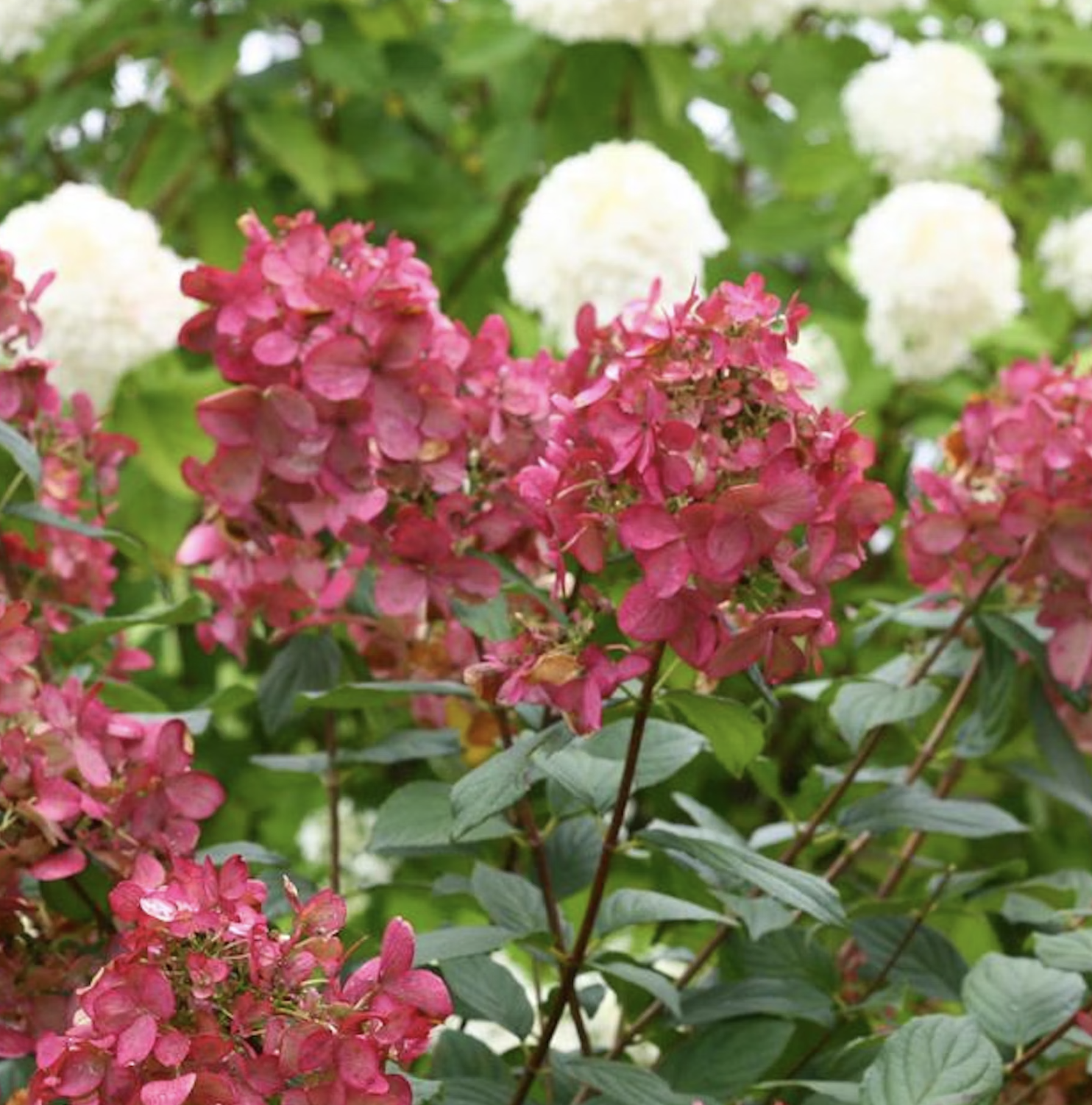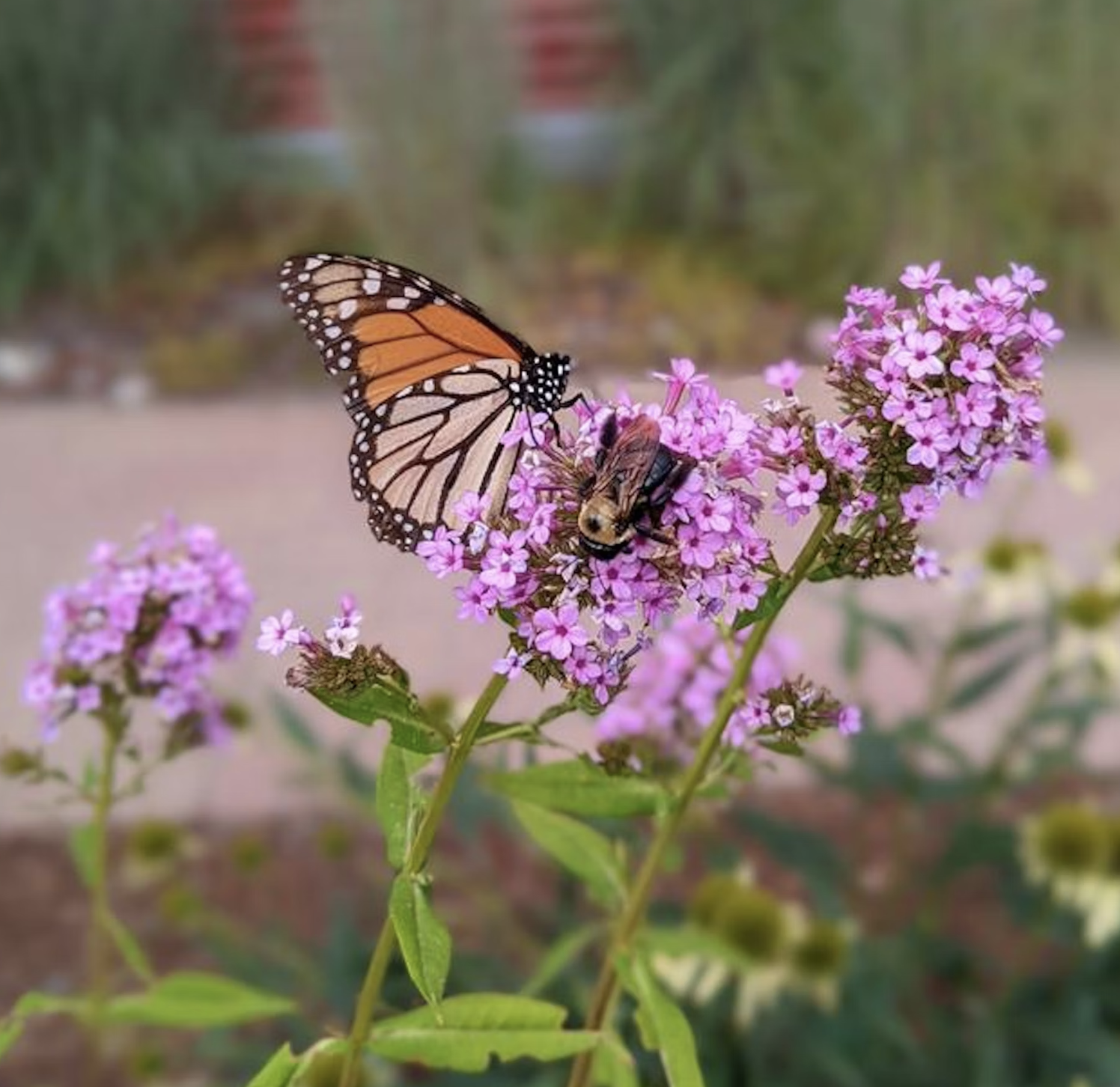Grow ‘Karl Rosenfield’ Peony Plants For The Ultimate Frilly Border Beauties And Cut Flowers
For frilly double magenta peony petals infused with a heady fragrance, grow ‘Karl Rosenfield’ peony plants. Here’s how to cultivate the ultimate plushy blooms
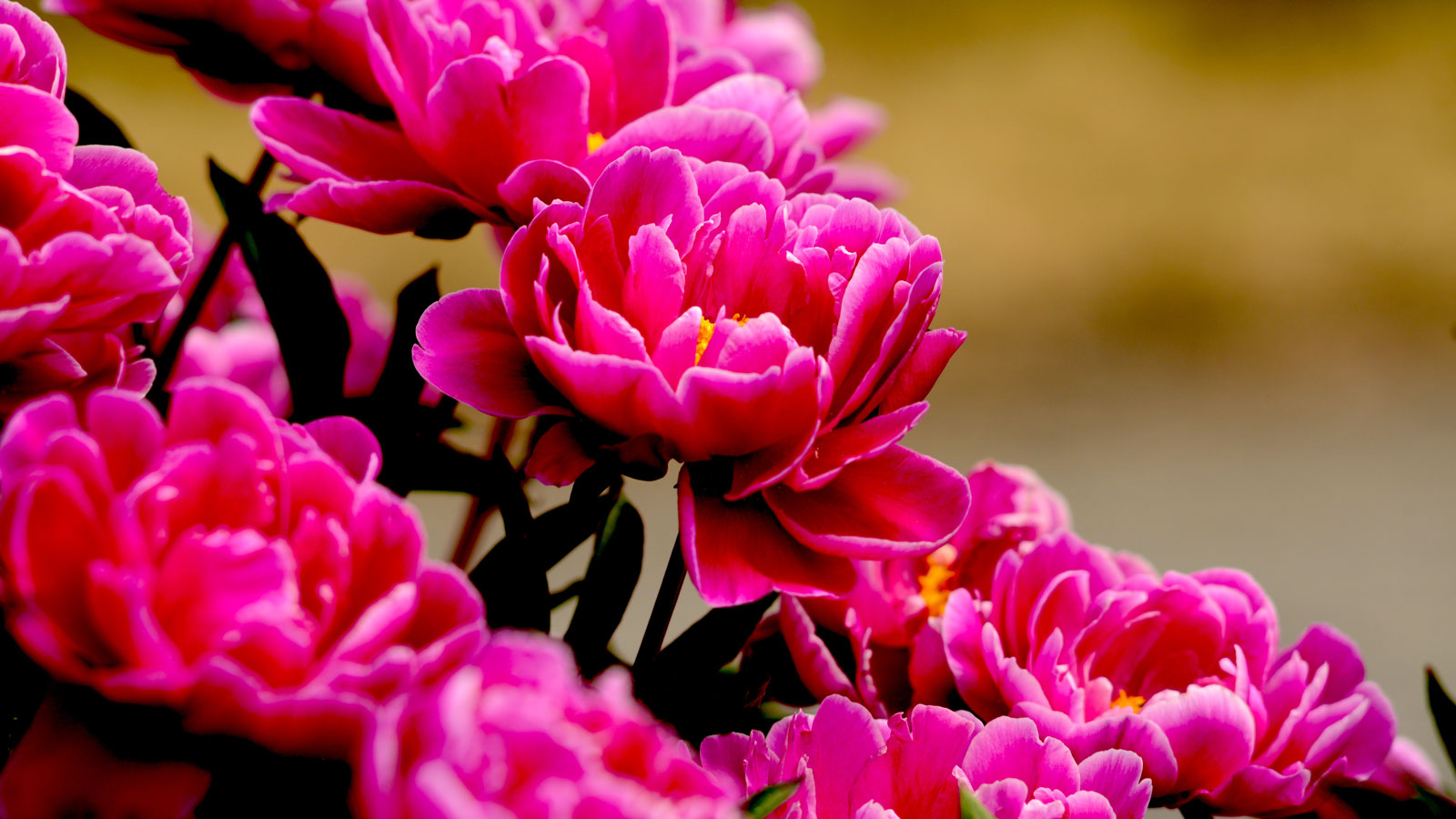

Amy Draiss
Quick Facts:
Botanical name:
Paeonia lactiflora
Height: 24-36in (60-90cm)
Spread: 24-36in (60-90cm)
Sun: Full sun, part shade
Soil: Neutral, slightly acidic
Hardiness: USDA zones 3-8
When to plant: Fall, spring
Flowering: Late spring, early summer
Long-lived and beautiful, peonies are a captivating staple of the early-season ornamental landscape – and ‘Karl Rosenfield’ is an especially gorgeous example. If you grow ‘Karl Rosenfield’ peony plants, you’ll enjoy an impressive blooming season of rich red, frilly blooms, an intoxicating fragrance, and a dependable habit.
With their attractive foliage and ease of care, this is one of the most showstopping double-blooming types of peonies you can grow. They make stunning specimen shrubs in beds, borders and cutting gardens, as well as exquisite foundation plants. This guide explains how to cultivate your own ‘Karl Rosenfield’ peony plant so you can appreciate its unique ornamental qualities for decades to come.
Caring for ‘Karl Rosenfield’ Peony
The ‘Karl Rosenfield’ double peony is one of the most easygoing peonies you can grow. With a little ongoing peony care each year, you should be enjoying its blooms for decades. These pink peony types suit contemporary and classic themes, and ideal in mixed borders and foundation plantings near porches and patios.
Though this peony variety will tolerate hot summer conditions, you should just check for stress if the temperature climb. Otherwise, just follow these essential guidelines for the best care:
- Lighting Conditions: Ample light is essential to ‘Karl Rosenfield’ peony care. Although some peonies do well in shade, these plants need at least 6-8 hours of full sun each day. This will aid in the development of a robust root system and optimal flowering. Inadequate light causes shrubs to grow especially tall or flower poorly.
- Temperature & Humidity: Peonies will perform well in all but the warmest regions. Mature plants, which require exposure to cooler temperatures through their dormancy period, are especially well-suited to cold climates. Mild weather in spring will further promote growth. Conditions between 65-75°F (18-24°C) are ideal.
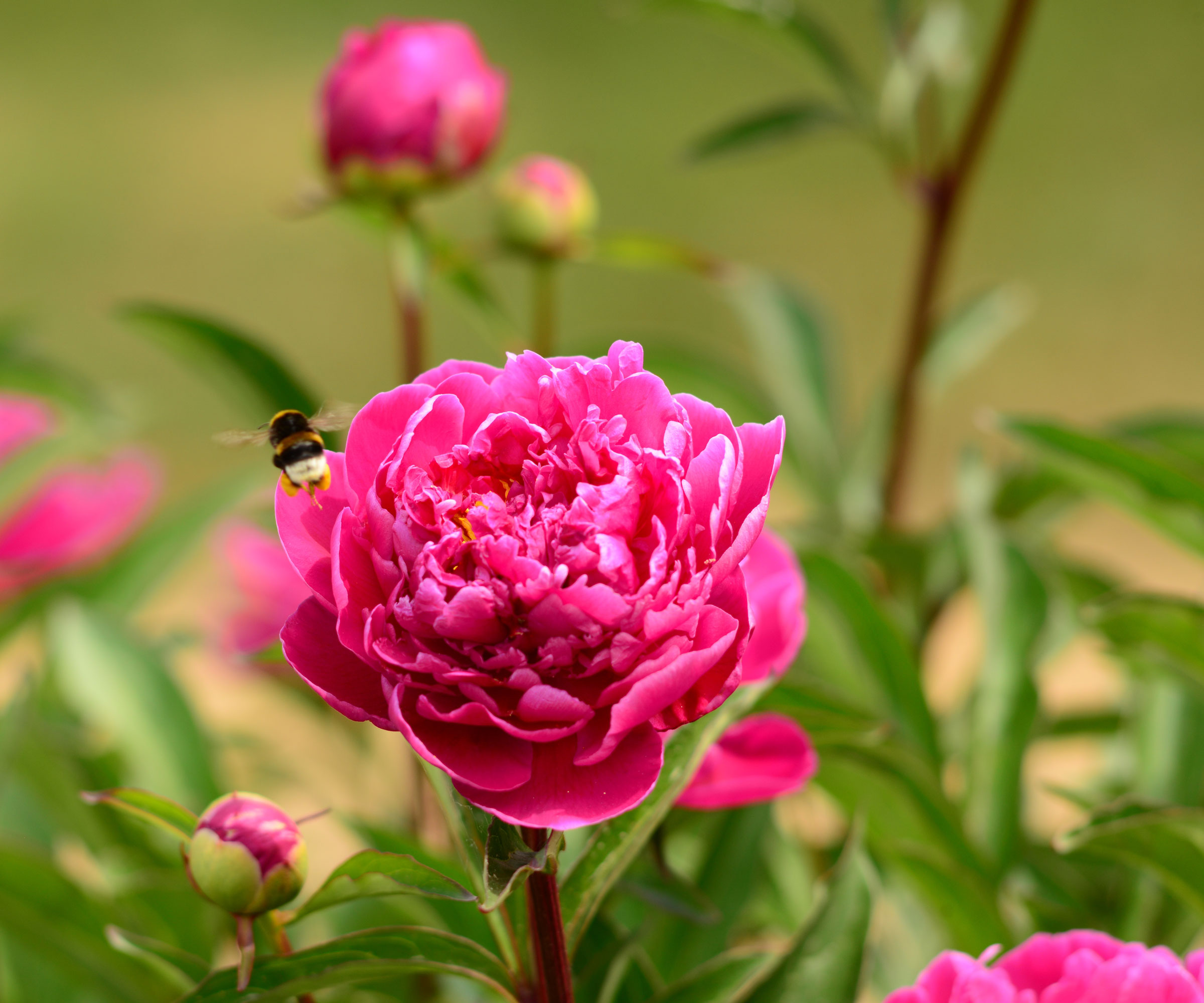
- Watering: While some regions will receive sufficient rainfall to meet the needs of these shrubs, others may require more frequent irrigation. This is especially true in the case of those grown for display or cut flower gardens. As a general guideline, water peony plants deeply, at a rate of approximately 1in (2.5cm) per week.
- Fertilizing: ‘Karl Rosenfield’ peonies respond well to feeding in spring, just as the plant's foliage emerges from the soil. Use a well-balanced, slow-release fertilizer to assist the development of foliage and flowers during the peony growing season. Bloom boosters or liquid feeds may also be applied through spring.
- Soil & Compost: Plant into a rich, well-draining loam. Though these shrubs are adapted to a wide range of soil types, most perform best in neutral or slightly acidic conditions. Quality compost and a variety of other amendments can be used to improve soil structure, drainage and fertility levels.
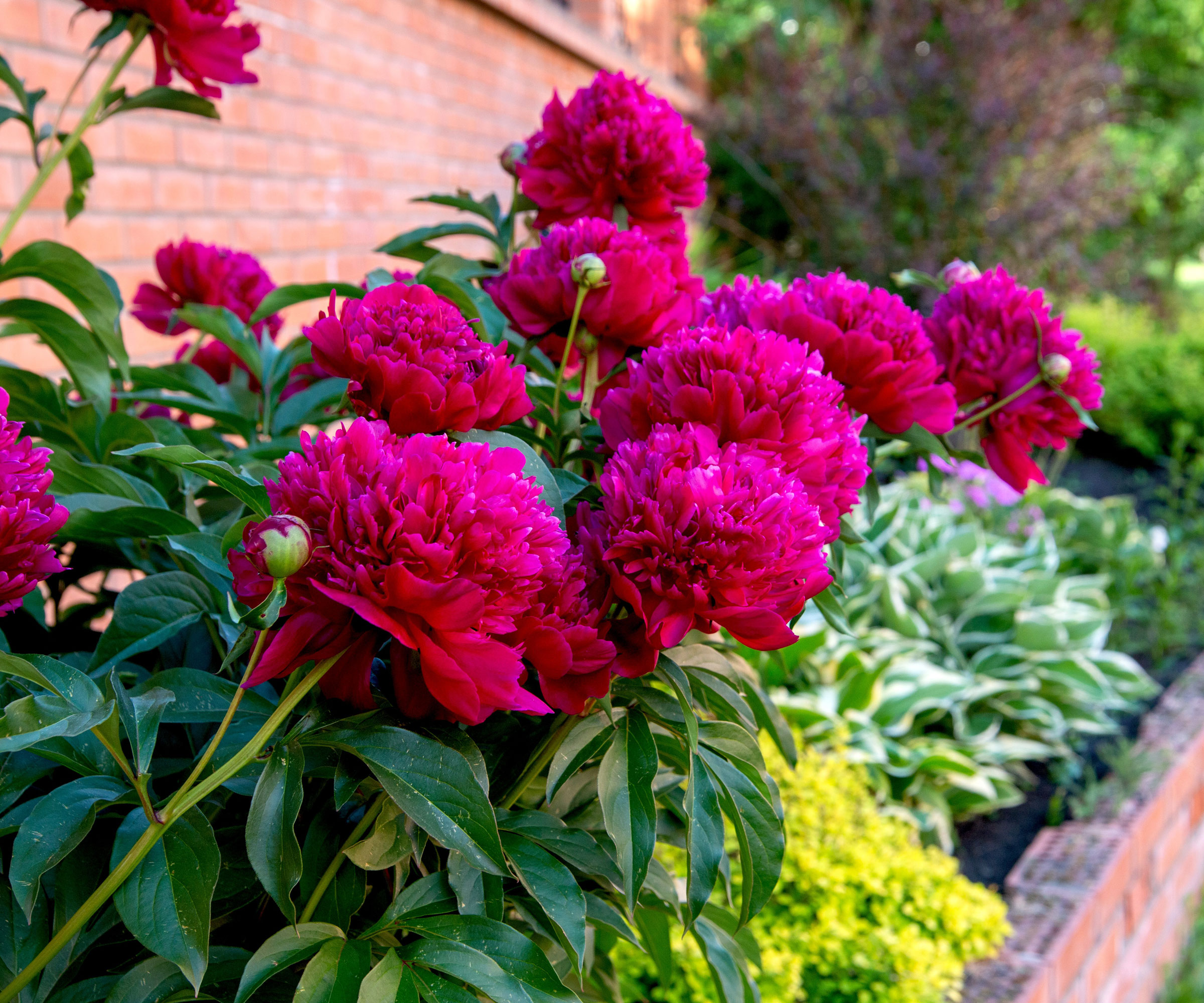
When to Plant ‘Karl Rosenfield’ Peonies
The ideal time to plant ‘Karl Rosenfield’ peony bushes is when conditions are cool. These shrubs, which are most commonly grown from bare roots, should be planted in fall. This will allow ample time for the development of new roots while conditions are cool.
Having a chance to settle in through winter will further aid in their establishment, enabling you to be on top of things ahead of your spring care peony routine and resulting in the production of much stronger foliage in their first season. Though it is not ideal, roots may also be planted as soon as the soil can be worked in spring.
How to Plant ‘Karl Rosenfield’ Peonies
Prepare to plant these peony roots by first working the planting bed. Each planting hole should be twice the width and depth of the root. Place into the hole, carefully backfilling the soil. Each root eye should remain no deeper than 2in (5cm) below the soil. This will aid in growth and help new plants to break dormancy in spring.
Sign up for the Gardening Know How newsletter today and receive a free copy of our e-book "How to Grow Delicious Tomatoes".
New peonies may also be planted into pots. Those hoping to grow ‘Karl Rosenfield’ peony plants in a container should ensure that the pots drain well and are large enough to meet the needs of mature specimens. You can expect up to 70 years of gorgeous peony blooms. If you meet these basic planting and cultivation needs.
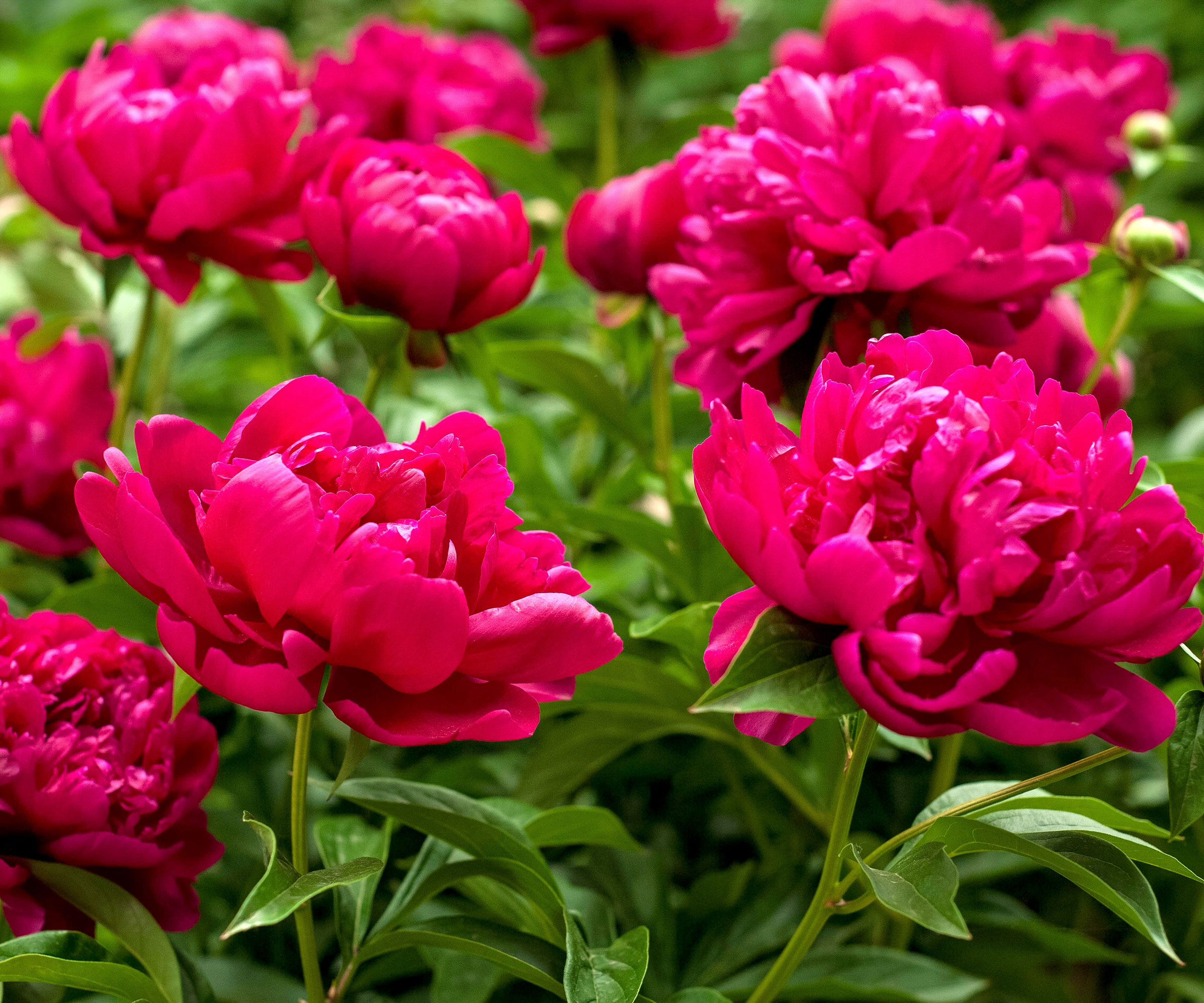
Pruning Your ‘Karl Rosenfield’ Peony
‘Karl Rosenfield’ peonies benefit greatly from routine deadheading throughout the growing season. This is especially true of younger plants, as the removal of spent buds will help to prevent the production of seed.
Though optional, end-of-season peony pruning will further aid in plant health. Foliage which has been allowed to die back naturally can be removed to maintain a tidy appearance and reduce the occurrence of common peony infections.
Peony Problems, Pests & Diseases
Though your plants will only seldom be troubled by pests, there is a small risk of peony disease. Fungal infections affecting foliage and flowers are most likely. Infections of this type include botrytis blight, leaf spot, wilt and various types of rot.
Most of these diseases will be the direct result of soilborne pathogens, transmitted through the garden by wind, water or other means. Fungal infections tend to occur where conditions are damp and air flow is poor. Ensure you avoid poor drainage or air circulation to prevent disease.
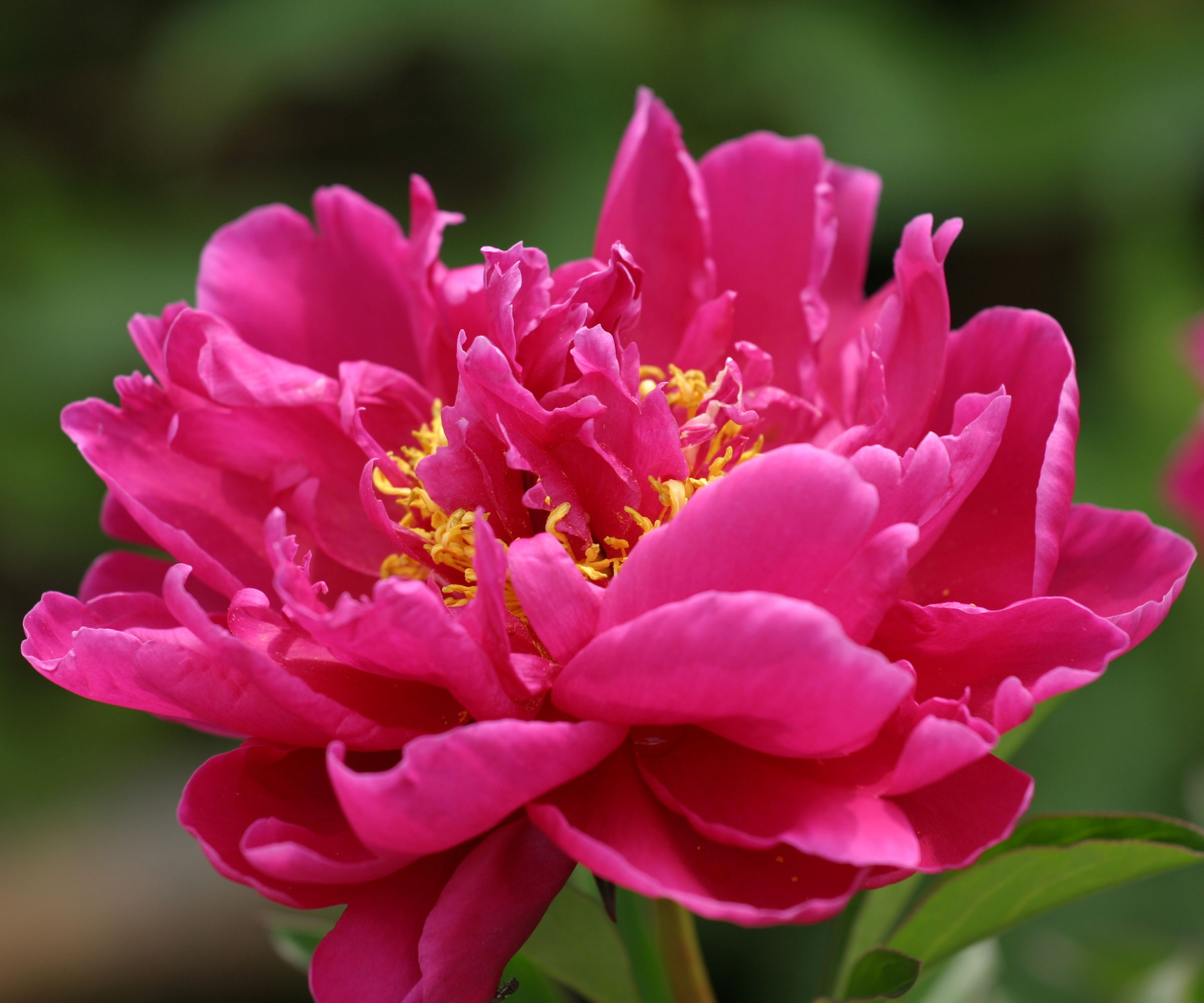
Propagating ‘Karl Rosenfield’ Peonies
‘Karl Rosenfield’ peonies are best multiplied through division. This will help to ensure that each new plant will be like the parent. Division should occur when shrubs are dormant, lifting roots from the soil carefully. Cut each ball into small segments. Healthy divisions should consist of several eyes, or growing points. These can be positioned directly into new beds.
Alternatively, you can plant peonies into individual containers. Though growth will resume in spring, it takes several seasons before the appearance of their first blooms. Peonies may also be grown from seed, although resultant plants will differ from their parents in terms of their traits and characteristics.
Frequently Asked Questions
How do you keep ‘Karl Rosenfield’ peonies blooming?
Like several other popular varieties of peony, ‘Karl Rosenfield’ bushes begin blooming in late spring and continue through early summer. Flowers persist for several weeks, each holding their own well in the garden. To keep them blooming, ensure they receive ample water and nourishment.
Do ‘Karl Rosenfield’ peonies reseed themselves?
Peonies left to set seed are likely to volunteer within garden beds. Seed that has fallen to the soil will germinate slowly, requiring several years to begin blooming. Those grown from seed will not grow true to type, only seldom demonstrating characteristics that are similar to those of its parents.
More Inspirational Flowering Shrub Ideas
- If you’re looking for sensational spring florals, grow these spectacular spring flowering bushes and enjoy some of the most vibrant warm-up acts in the gardening calendar.
- Fancy a heavenly summer of floral symphonies? Grow the 10 best flowering bushes in your yards, patios and potted gardens for a medley of color and delight.
- Add some elegance and classic cottage garden charm to your blooming bushes! These bright white flowering shrubs are sure to ramp up the wow factor in your yard.
- If you love the fragrant allure of peonies, spare some room for roses. Browse the aromatic selection of roses in the Gardening Know How Shop for climbers, shrubs and hybrids to fill your yard with fragrance.
This article features products available from third party vendors on the Gardening Know How Shop. Keep in mind that our plant inventory is limited - so if you’re thinking of purchasing, don’t wait!
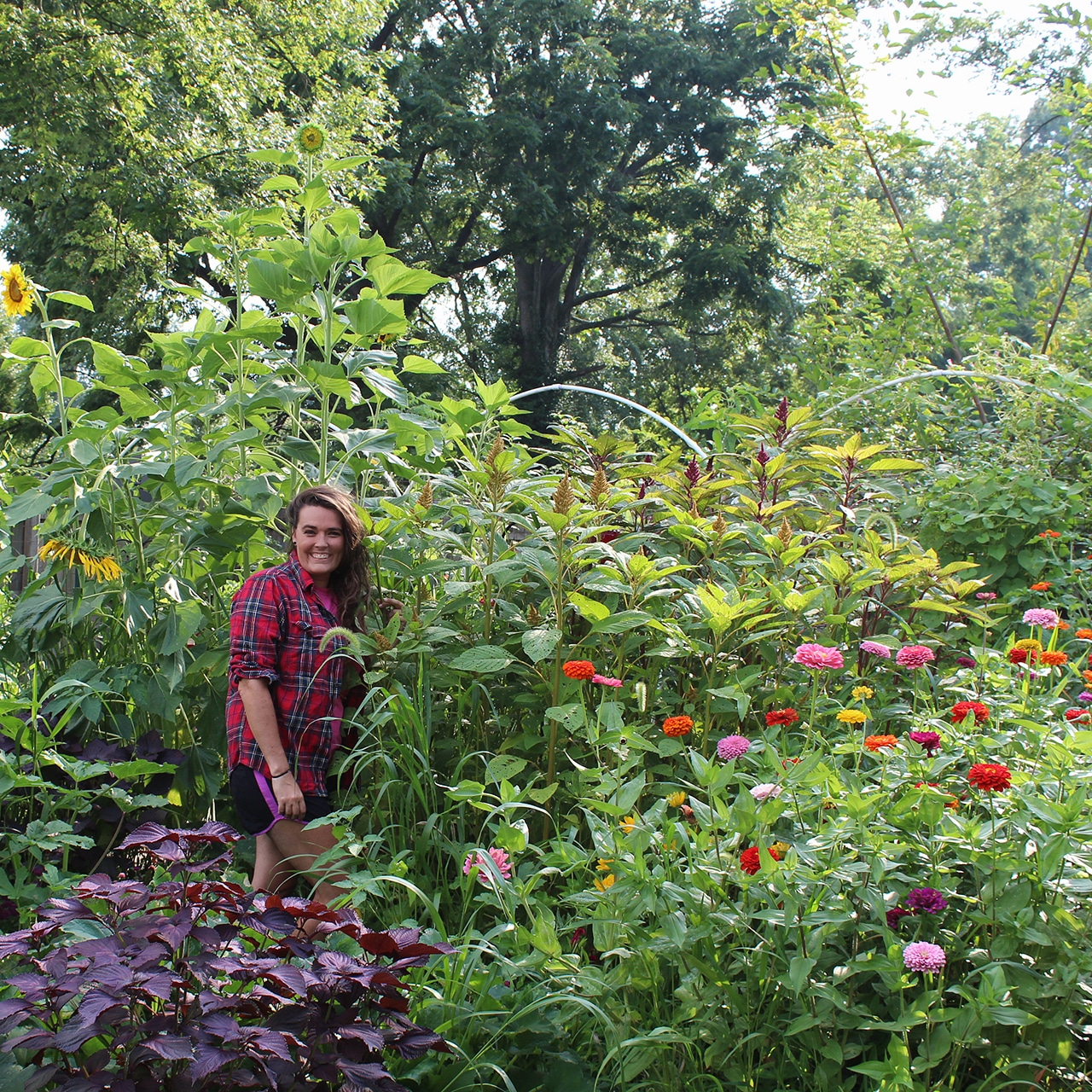
Tonya Barnett has been gardening for 13 years. Flowers are her passion. She has transformed her backyard into a cut flower garden, which she regularly chronicles on her YouTube channel http://www.youtube.com/@tonyawiththeflowers.
- Amy DraissDigital Community Manager
